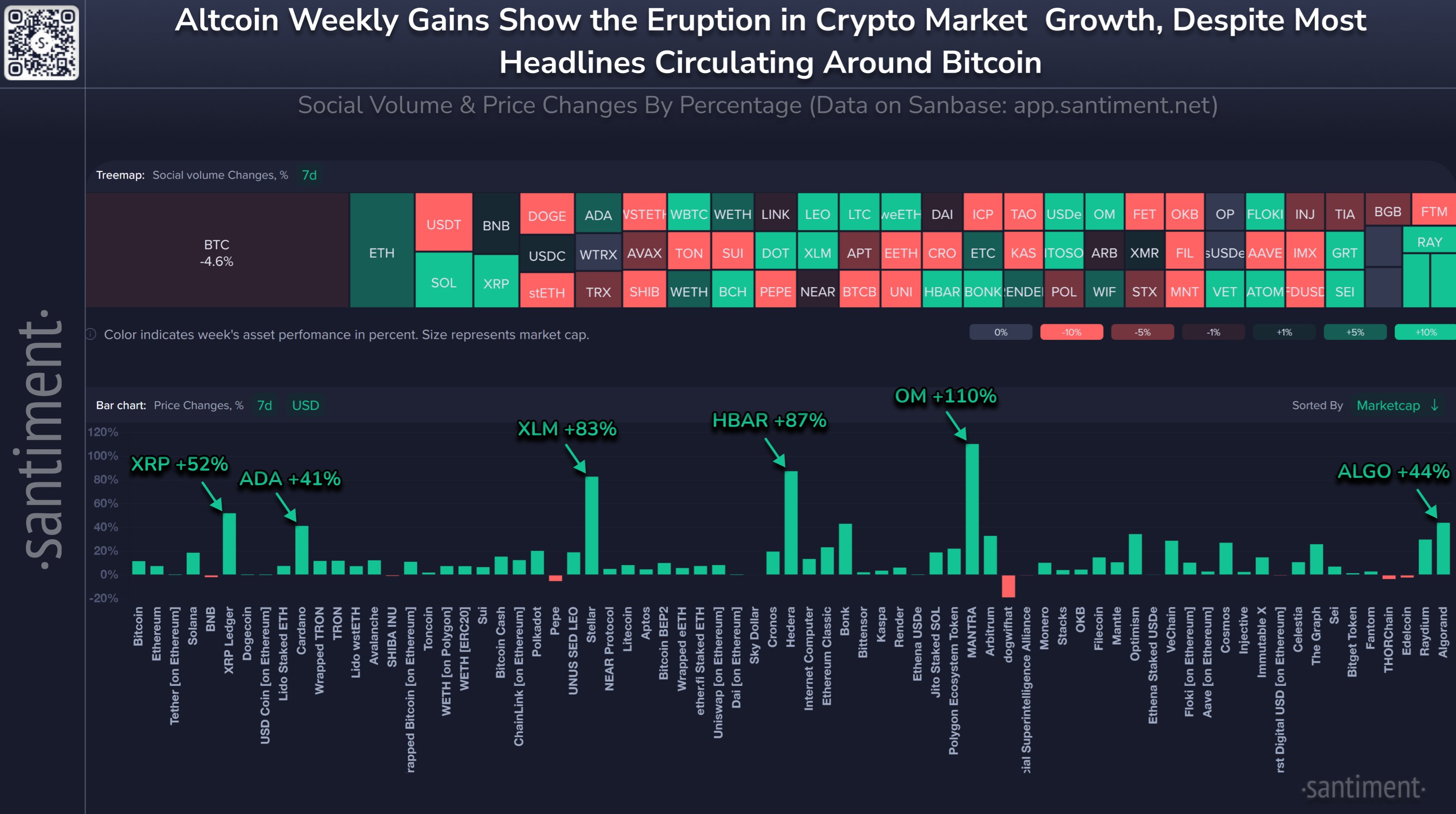 From Google Arts & Culture to GenChess, discover new ways to experience chess with AI and explore the history of this timeless game.
From Google Arts & Culture to GenChess, discover new ways to experience chess with AI and explore the history of this timeless game.
Published in B&T Latest News 25 November, 2024 by The bizandtech.net Newswire Staff
5 ways to explore chess during the 2024 World Chess Championship
Published in B&T Latest News 24 November, 2024 by The bizandtech.net Newswire Staff
Apple Loses Bid to Stall India Antitrust Probe Report
India’s antitrust regulator has reportedly rejected Apple’s bid to suspend an investigative report.
That means that the case against the iPhone maker can continue, Reuters reported Sunday (Nov. 24), citing an internal order from the Competition Commission of India (CCI).
The initial report found that Apple had violated India’s competition laws, but the CCI recalled its reports after Apple said the regulator had disclosed trade secrets — which should have been redacted — to its rivals. The CCI asked the parties involved to return the reports and destroy any copies before issuing new reports.
But the internal order, Reuters said, showed that Apple had alleged that the chief complainant in the antitrust probe — Indian nonprofit Together We Fight Society (TWFS) — had not shown that it had destroyed the old reports.
Apple asked the CCI to take action against TWFS, but CCI’s order said that the company’s request to hold the investigation report in abeyance was deemed untenable.
The initial CCI investigation found that Apple exploited its dominant place in the market for app stores on its iOS operating system, harming app developers, users and other payment processors.
Apple has denied wrongdoing and said its presence in India is vastly overshadowed by phones using Google’s Android system.
The case is happening as Apple faces antitrust probes in markets around the world. For example, the U.K.’s Competition and Markets Authority (CMA) said last week that it could begin a formal investigation into whether the company’s mobile ecosystem policy was “holding back innovation.”
“Markets work best when rival businesses are able to develop and bring innovative options to consumers,” Margot Daly, chair of the CMA’s independent inquiry group, said in the release. “Through our investigation, we have provisionally found that competition between different mobile browsers is not working well and this is holding back innovation in the U.K.”
Apple said in a statement to PYMNTS that it believes in “thriving and dynamic markets,” that it faces competition everywhere it operates and that it disagrees with the CMA’s findings.
Meanwhile, Apple last week asked a federal judge to dismiss the U.S. Justice Department’s antitrust suit that accuses the company of holding an illegal smartphone monopoly.
The government has accused Apple of preventing rivals from accessing its devices’ software and hardware, thus making it harder for consumers to switch phones.
Apple has denied that it holds a monopoly, arguing in court earlier this year that it is not required to give software developers any more access to iPhones than they already get.
The post Apple Loses Bid to Stall India Antitrust Probe Report appeared first on PYMNTS.com.
Published in B&T Latest News 24 November, 2024 by The bizandtech.net Newswire Staff
Newcastle vs West Ham live stream: How to watch Premier League game online
The Newcastle vs West Ham live stream is the first of two pivotal games Julen Lopetegui has been given to save his job — here’s how to watch from anywhere.
Published in B&T Latest News 24 November, 2024 by The bizandtech.net Newswire Staff
NYT Connections today hints and answers — Monday, November 25 (#533)
Get today’s NYT Connections hints and answers for today’s puzzle #533 on November 25.
Published in B&T Latest News 24 November, 2024 by The bizandtech.net Newswire Staff
How Alto Pharmacy Is Redefining the Pharmacy Experience Through Digital Innovation
Alto Pharmacy is changing the pharmacy experience by leveraging digital solutions to improve patient care, streamline medication access and lower costs, said Karen Martell, vice president of enterprise partnerships for Alto Pharmacy.
In an interview with PYMNTS, Martell explained the company’s business model is designed to raise adherence rates by eliminating barriers associated with traditional pharmacies, whether it’s finding the time to go to a pharmacy, waiting in line, sticker shock at the cost of a medication, insurance coverage or accessing expert care.
“What started as two founders hand-delivering medication to patients has evolved into a full-service, digital pharmacy that’s served more than 500,000 patients,” Martell said. “We also recently launched Alto Technologies, our enterprise services offering that empowers pharmaceutical companies, digital health providers, and others across the industry with tailored technology solutions that elevate the patient experience, improve medication access and delivery, and set new standards for convenience, cost, and care.
“Alto Technologies combines pharmacist expertise with automation and AI [artificial intelligence] to drive efficiencies at every point of the pharmacy value chain, from hub or patient services to dispensing, and delivery,” she said. “We believe that this technology can transform the industry by lowering cost and improving outcomes.”
Outdated Processes
The healthcare industry, overall, is in trouble. A PYMNTS Intelligence report, “Pains and Gains: Conquering Healthcare’s Payment Woes,” in collaboration with American Express, highlights the breakdown in healthcare payments and reveals how digital transformation could provide much-needed relief.
Data shows 84% of healthcare organizations say they have lost money due to inefficient accounts payable processes, and the amounts are staggering: Up to $935 billion is wasted each year, according to the study.
Paper-based billing in healthcare is hindering revenue cycles, with 70% of providers saying they rely on paper, causing collection delays and preventing the adoption of digital payment solutions that boost efficiency. Healthcare organizations are turning to partnerships and companies to bring automation and digital streamlining to their payment systems.
And as healthcare businesses begin to get their financial houses in order, technology — like what Alto embraces — also can help ease the healthcare system for consumers.
Technology at Its Core
Founded in 2015, Alto’s approach revolves around digital engagement, using advanced technology to optimize pharmacy operations and enhance patient care.
“Alto has long had technology at our core,” Martell said. “We rebuilt the technology that powers pharmacy, introduced a patient app when that wasn’t the norm, and enabled providers to see what happens after they write a prescription. We also automated historically manual and costly workflows, like billing and intake, to improve speed, creating an industry-leading patient experience.”
Artificial intelligence plays a key role in the company’s digital strategy, Martell said.
“Alto’s AI pharmacist assistant has a patent pending and helps pharmacists manage complex decision-making tied to dispensing medications, from prescriber validation to drug safety,” she said. “We have trained this model on our proprietary data set of millions of dispensing data points collected over the last nine years from Alto patients. This tool streamlines decisions, aiding pharmacists in their work.”
By focusing on technological improvements, company officials plan to meet demand for accessible, efficient pharmacy services, Martell said.
“For example, 40% of prescriptions are ready for delivery within just two minutes of receiving them, and 75% are ready within one hour. This rapid response time is a result of Alto’s technology-first approach, which includes the use of AI, machine learning, and advanced data analytics to optimize the pharmacy workflow.”
Leaning Into Tech
Alto’s patient app allows users to schedule deliveries, communicate with pharmacists, and track their prescriptions, Martell said. Alto Pharmacy was founded to address inefficiencies in pharmacy management software, which had slow processing, lacked actionable data, and required extensive manual effort, leading to the creation of technology that improved care and patient experience, she said.
“Pharmacies sit at the intersection of patients, doctors, insurance companies and drug manufacturers,” she said. “There are a lot of silos, a lack of transparency, and poor communication, resulting in a negative experience for patients and hassle for providers, who can spend three to five hours a day dealing with pharmacy-related issues. We knew that we needed to provide more transparency across the various players in the industry.”
Alto Pharmacy, Martell said, improved prescription processing by automating manual tasks, introduced digital tools like a patient app and provider portal, and leveraged a database of coupons and assistance programs to find the best prices for patients.
“Alto always focuses on the patient behind the prescription,” she added. “We look for the best possible price for each patient’s medication. Patients can message our on-call team of pharmacists in the Alto app seven days a week for personalized support. Alto is [working] with industry partners to leverage our technology for the benefit of millions of patients, while lowering costs in an industry that is struggling with pharmacy closures and high costs.”
The post How Alto Pharmacy Is Redefining the Pharmacy Experience Through Digital Innovation appeared first on PYMNTS.com.
Published in B&T Latest News 24 November, 2024 by The bizandtech.net Newswire Staff
Analytics Firm Issues Cardano Warning, Sees ADA Flashing Bearish Signals After 200% Rise This Month

A prominent crypto analytics firm is warning that on-chain data is indicating that traders are taking profits on their Cardano positions (ADA).
Santiment says on the social media platform X ADA is flashing two bearish signals after an over 220% rally this month.
According to the analytics firm, the massive upward move has incentivized traders to unload $165 million worth of ADA profits on November 22nd.
“[November 22nd] was the highest day of trader realized ADA profits in eight months, and social media discussions are currently at their highest level for the coin in 11 months.”

Santiment previously said that soaring social media discussions suggest that an asset may be forming a local price top.
At time of writing, ADA is trading for $1.08, down over 4% on the day.
Looking at the broader altcoin market, Santiment says that altcoins will likely continue to witness rallies as long as Bitcoin (BTC) trades above an immediate support level.
“While eyes have been on Bitcoin making history, altcoins like XRP, Cardano, Stellar, Hedera, Mantra, and Algorand are growing their respective market caps rapidly. As long as BTC maintains a ~$95,000+ support, expect November profits to continue redistributing to altcoins.”

At time of writing, Bitcoin is trading for $98,197.
Don’t Miss a Beat – Subscribe to get email alerts delivered directly to your inbox
Check Price Action
Follow us on X, Facebook and Telegram
Surf The Daily Hodl Mix
 

Disclaimer: Opinions expressed at The Daily Hodl are not investment advice. Investors should do their due diligence before making any high-risk investments in Bitcoin, cryptocurrency or digital assets. Please be advised that your transfers and trades are at your own risk, and any losses you may incur are your responsibility. The Daily Hodl does not recommend the buying or selling of any cryptocurrencies or digital assets, nor is The Daily Hodl an investment advisor. Please note that The Daily Hodl participates in affiliate marketing.
Generated Image: DALLE3
The post Analytics Firm Issues Cardano Warning, Sees ADA Flashing Bearish Signals After 200% Rise This Month appeared first on The Daily Hodl.
Published in B&T Latest News 24 November, 2024 by The bizandtech.net Newswire Staff
Report: Trump Tariffs Could Cost Consumers $78 Billion Per Year
Recent research shows that President-elect Donald Trump’s tariff proposals could cost American consumers.
A report earlier this month from the National Retail Federation (NRF) showed that Americans could lose between $46 billion and $78 billion in spending power every year if the proposed levies on imports to the U.S. go into effect.
The study looked at how the tariffs — 10% to 20% on imports from all foreign countries and an additional 60-100% tariff on imports specifically from China — would affect the price of apparel, toys, furniture, household appliances, footwear and travel goods.
“Retailers rely heavily on imported products and manufacturing components so that they can offer their customers a variety of products at affordable prices,” NRF Vice President of Supply Chain and Customs Policy Jonathan Gold said in a news release.
“A tariff is a tax paid by the U.S. importer, not a foreign country or the exporter. This tax ultimately comes out of consumers’ pockets through higher prices.”
Although the tariffs could benefit some American manufacturers, the NRF said, the revenue gains for U.S. companies and the government wouldn’t outweigh losses to consumers.
For example, the release added, a $40 toaster oven could cost up to $12 more after the tariffs. A $50 pair of athletic shoes would climb to $59-$64 and a $2,000 mattress and box spring set would wind up costing $2,128-$2,190.
“Within each category, higher prices and loss of spending power would hit low-income families especially hard,” the NRF said.
The report also noted that the increased costs resulting from the tariffs would be too much for U.S. retailers to absorb and lead to prices higher than many American consumers would be willing — or even able — to pay.
Earlier this month, John David Rainey, Walmart’s chief financial officer, warned that his company — the largest retailer in the country — would most likely have to increase its prices on some products if the tariffs became a reality.
“We never want to raise prices,” Rainey told CNBC. “Our model is everyday low prices. But there probably will be cases where prices will go up for consumers.”
Rainey said it is too soon to tell which products would cost more under the tariffs.
And as PYMNTS wrote last week, consumers are already feeling stretched, with the popularity of buy now, pay later (BNPL) options suggesting Americans are keeping their finances top of mind ahead of Thanksgiving, Black Friday and the year-end holidays.
The post Report: Trump Tariffs Could Cost Consumers $78 Billion Per Year appeared first on PYMNTS.com.
Published in B&T Latest News 24 November, 2024 by The bizandtech.net Newswire Staff
China’s Secondhand Luxury Market Blooms as Consumers Feel Pinched
While Chinese consumers are struggling, the country’s secondhand luxury market is reportedly thriving.
As the Financial Times (FT) reported Sunday (Nov. 24), companies such as Cartier owner Richemont, Gucci parent Kering and LVMH have all recently recorded declining sales in the Asia-Pacific region (except Japan), which is dominated by China.
Richemont’s CEO, the report said, has warned that the Chinese consumer slowdown “is probably a mid- to long-term phenomenon.”
At the same time, the FT added, there are indications that consumers have a healthy appetite for secondhand luxury goods.
In September, Zhuanzhuan Group, an online marketplace for used goods, acquired luxury resale platform Hongbulin. The wider market for these products has more than tripled since 2015, the report said, citing data from consulting firm Frost & Sullivan and Tsinghua University.
While there isn’t much recent data on the secondhand luxury market, the FT said, there has been an uptick in users of online platforms such as ZZER and Xianyu that offer a venue for people to resell luxury goods for a commission.
The ZZER store in Shanghai, which opened in 2022, says it receives 5,000 new products per day, showcasing the sheer volume of handbags and high-end clothing in circulation in China.
Jacob Cooke, chief executive of Beijing-based marketing group WPIC, pointed to “growing interest in secondhand luxury as a cost-effective alternative” during the COVID pandemic, which prompted travel restrictions that kept people from buying goods abroad.
In other news from the luxury world, PYMNTS wrote recently about a series of mergers and partnerships in the sector, happening in response to a decline in consumer spending in key areas like China and the U.S.
By sharing resources and insights, companies like Mytheresa and Authentic Brands Group are setting themselves up to thrive amid ongoing market challenges, highlighting the key role of innovation and adaptability in the luxury sector’s future.
In an interview with PYMNTS, Amanda Lai, a retail analyst and director for consultancy McMillanDoolittle, said that — considering the global luxury market’s forecast for slower growth, particularly in the U.S. and China — luxury brands are relying on partnerships and acquisitions to stay competitive and drive growth.
“Mytheresa’s acquisition of Yoox Net-a-Porter is a prime example of how companies are partnering to create operational efficiencies, scale operations and expand their reach to multiple segments of luxury consumers,” Lai said. “The combined entity can likely reduce costs by consolidating many of its back-end business functions, such as legal, IT and human resources while leveraging its multiple brands — Mytheresa, Net-A-Porter, and Mr. Porter — to reach different high-end consumers.”
The post China’s Secondhand Luxury Market Blooms as Consumers Feel Pinched appeared first on PYMNTS.com.